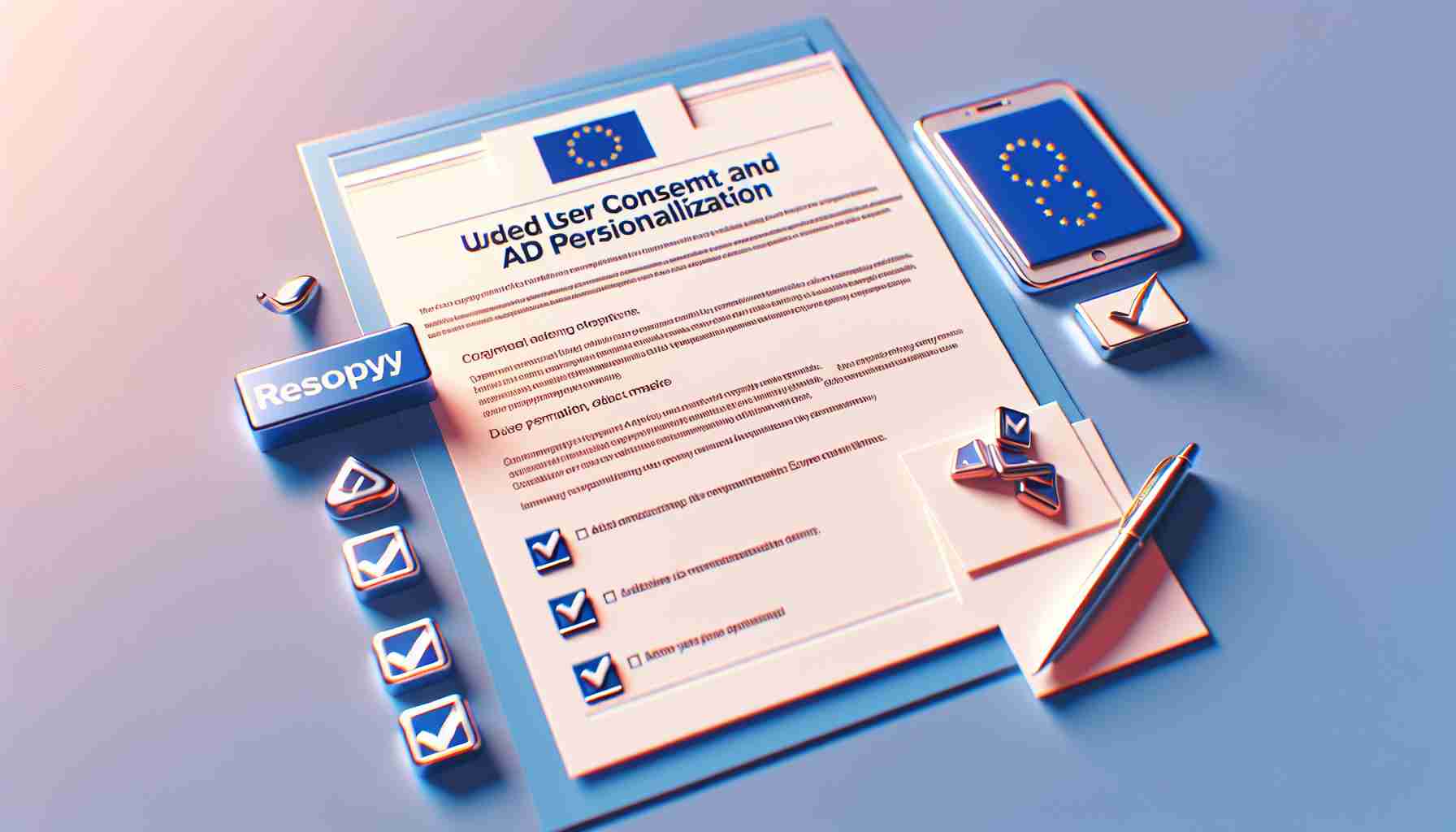Google Ads has recently introduced a significant policy change for users in the European Economic Area (EEA), aligning with the strict privacy regulations in Europe. Advertisers utilizing Customer Match lists for personalized advertising will now have to ensure explicit user consent signals are transmitted to Google. This update not only places more responsibility on advertisers to collect and pass on consent but also has the potential to impact the reach and effectiveness of their campaigns in the EEA.
Implementation Options for passing consent signals include utilizing the Google Ads API, Partner and Audience Partner API, manually inputting data in Audience Manager within the Google Ads UI, or employing Conversion-based Customer lists with Consent Mode enabled.
Advertisers targeting EEA users must promptly adopt one of these consent signal methods to maintain their Customer Match capabilities moving forward. Failure to comply with these new requirements may lead to limitations in ad personalization options for audiences within the EEA. This shift emphasizes the increasing importance of user privacy and consent in the digital advertising landscape, urging advertisers to proactively adjust their strategies to remain compliant and effective in their personalized advertising efforts.
Google Ads Update in the EU: Enhancing Privacy in Ad Personalization
Google Ads has recently rolled out a significant policy change specifically tailored for users within the European Economic Area (EEA) to adhere to the stringent data privacy regulations prevalent in Europe. In addition to the recent update that places the onus on advertisers to collect and transmit explicit user consent signals to Google, there are other pertinent facets worth considering in this evolving landscape.
Key Questions:
1. What are the Implications of Ad Personalization Changes for Users?
Ad personalization changes necessitate explicit user consent, giving individuals more control over how their data is utilized for targeted advertising. This enhances transparency and empowers users to make informed decisions about their online privacy.
2. How Do Advertisers Ensure Compliance in User Consent Management?
Advertisers face the challenge of implementing robust mechanisms to capture and transmit consent signals effectively while maintaining compliance with the updated policies. This requires strategic alignment with Google’s specified implementation options.
Advantages:
– Enhanced User Trust: By prioritizing user consent, advertisers can cultivate trust and credibility among their target audiences, fostering stronger relationships.
– Improved Data Protection: The emphasis on user consent signifies a step towards ensuring data protection and privacy rights are upheld, aligning with evolving regulatory standards.
– Controlled Personalization: Advertisers can refine their targeting strategies based on explicit user consent signals, leading to more relevant and personalized ad experiences.
Disadvantages:
– Operational Complexity: Implementing consent mechanisms can introduce complexities for advertisers, requiring investments in resources and technologies to streamline the process.
– Impact on Campaign Performance: Stricter consent requirements may restrict the reach and effectiveness of advertising campaigns, potentially affecting ad performance metrics and ROI.
– Compliance Challenges: Staying compliant with evolving privacy regulations demands ongoing vigilance and adaptability, posing challenges for advertisers in maintaining adherence.
At a broader level, the Google Ads update underscores the evolving landscape of data privacy and user consent within digital advertising. Advertisers must navigate these changes adeptly to strike a balance between personalized advertising and safeguarding user privacy. By proactively addressing key challenges and leveraging the updated policies to enhance transparency and user control, advertisers can cultivate a more sustainable and trustworthy advertising ecosystem in the EEA.
For more insights on data privacy and digital advertising, visit Google.
